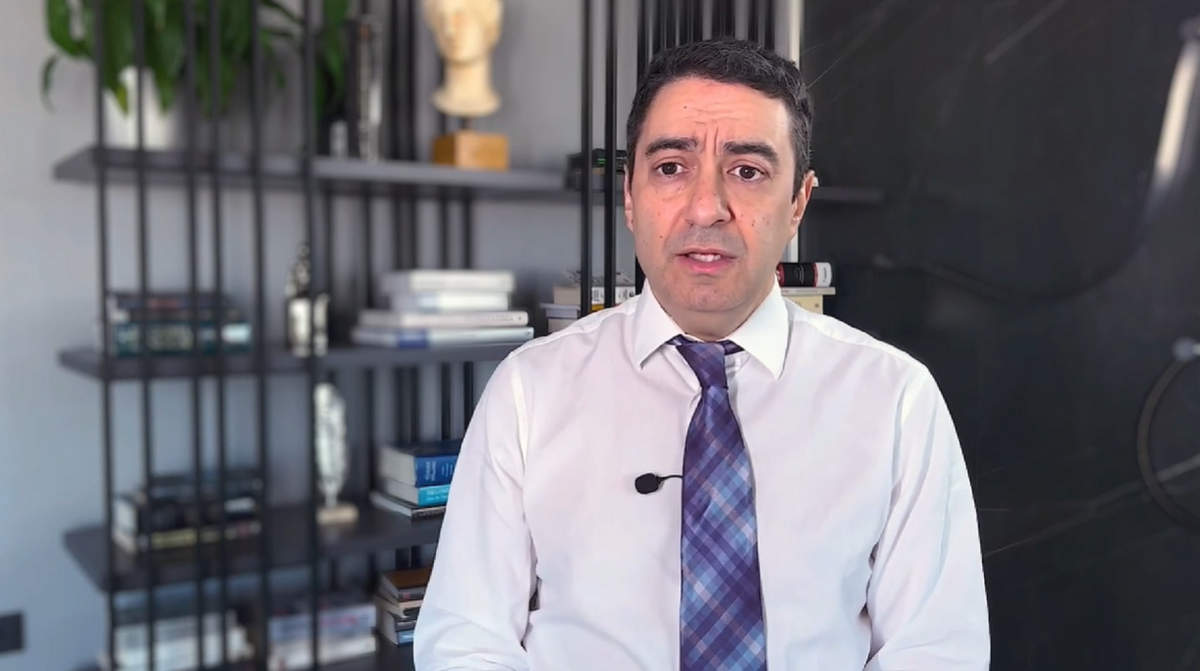Chronic subdural hematoma is a collection of bloody fluid between the meninges and the brain. It may occur following a head injury and can even occur 1-2 months after the blow. It is most commonly seen in the elderly, and chronic anticoagulant therapy (incl. aspirin) appears to increase its incidence. Clinically, the patient presents with headache, gradual onset of gait instability, confusion, agitation, or weakness on one side of the body. There may also be drowsiness and lethargy. The patient’s history usually includes a blow to the head, which may not have been particularly severe. The diagnosis is made by CT. If it causes symptoms, it must be surgically removed. Usually 2 cranial trepanations are made (small holes in the skull measuring one centimeter in diameter) and the fluid is removed, decompressing the brain. The operation can be performed even with local anesthesia, in selected patients. Repeated removal of the fluid may be required, as recurrence is not uncommon. Sometimes the hematoma is small and does not require surgical removal; CT follow-up is required. Administration of medication (cortisone) may be required. This is a benign condition that usually has a good outcome.









